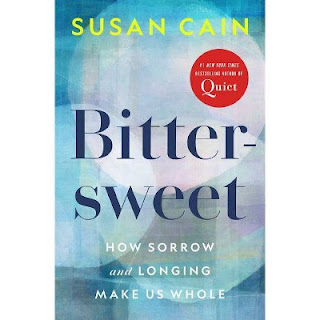For a few years now, as the calendar nears its end, I have applied certain superlatives suggested by J. Peder Zane in his book Remarkable Reads to books I read during the year. Let's try it again.
Most Enchanting Book: I wish I had a three-sided coin to help me decide among Cuyahoga by Pete Beatty, Miss Benson's Beetle by Rachel Joyce and A Damsel in Distress by P.G. Wodehouse. Put a gun to my head, I'd have to go with Miss Benson.
Most Important Book: There are some fine biographies of writer Shirley Jackson, but to really understand her you need to read The Letters of Shirley Jackson. This collection is that important.
Most Daunting Book: Not only is Steven Pinker's Enlightenment Now a long book — full of facts and figures, graphs and diagrams — but he's a smart guy and his text is often challenging. It's worth the challenge, however.
Wisest Book: Peter Roy Clark summarizes the wisdom of numerous writing guides into one book, Murder Your Darlings. Writers, especially beginning writers, would be wise to read it.
Most Familiar Book: It had been decades since I last read J.D. Salinger's Nine Stories. Still, it was like going home again.
Most Incomprehensible Book: I don't know if What Are We Doing Here? by Marilynne Robinson counts since I never finished it, it being so incomprehensible. Time after time in these collected essays and speeches she says something so wise and wonderful that I want to underline it, but then she loses me again on the very next line. Her mind is too quick for me.
Most Beautiful Book: Thrity Umrigor is a fine writer, at her best in The Space Between Us. The story, set in India, tells of a longtime servant of an upper-middleclass woman who comes to realize that however close their relationship, the distance between them remains impossible to cross.
Most Fearless Book: It must take a certain amount of courage to argue that trees communicate with each other and nurture their young. Yet Peter Wohlleben does it again in The Secret Network of Nature.
Most Surprising Book: I didn't know what I was getting myself into when I opened The Green Man by Kingsley Amis, never having read one of his novels before. And even after I finished it, in a rush, I wasn't certain what I had read.
Most Unpleasant Book: I don't like reading about prison camps, torture and the like. Who does? Yet for all the unpleasantness, Elizabeth Kostova's Shadow Lands is one fine novel
Most Luminous Book: After the first chapter I didn't care much for Fredrik Backman's My Grandmother Asked Me to Tell You She's Sorry, but by the time I finished I was in love with it. Luminous? Almost every sentence shines.



























%5B11%5D.jpg)






